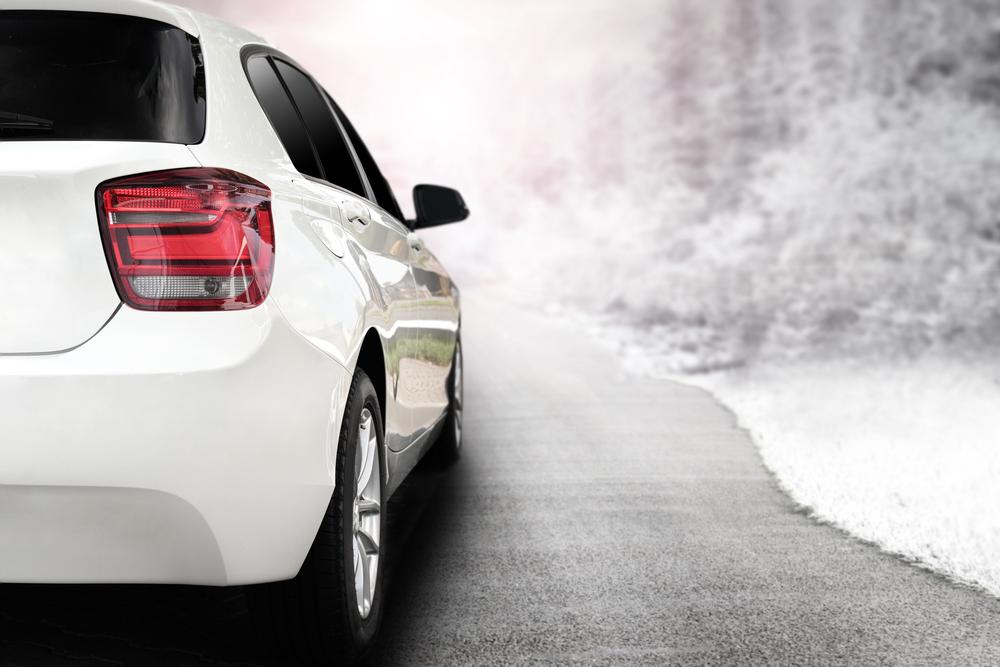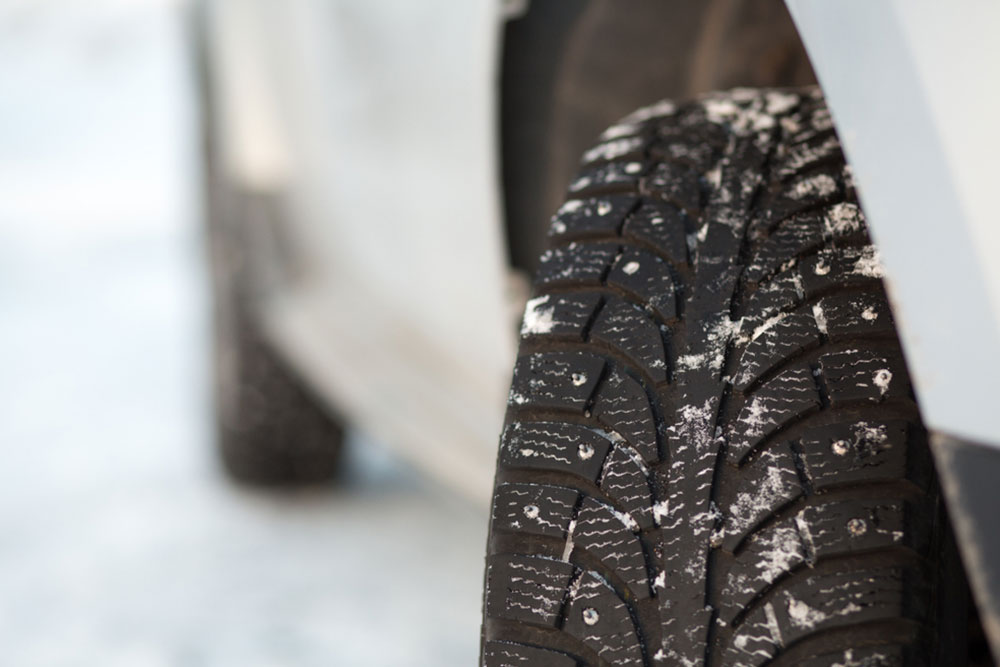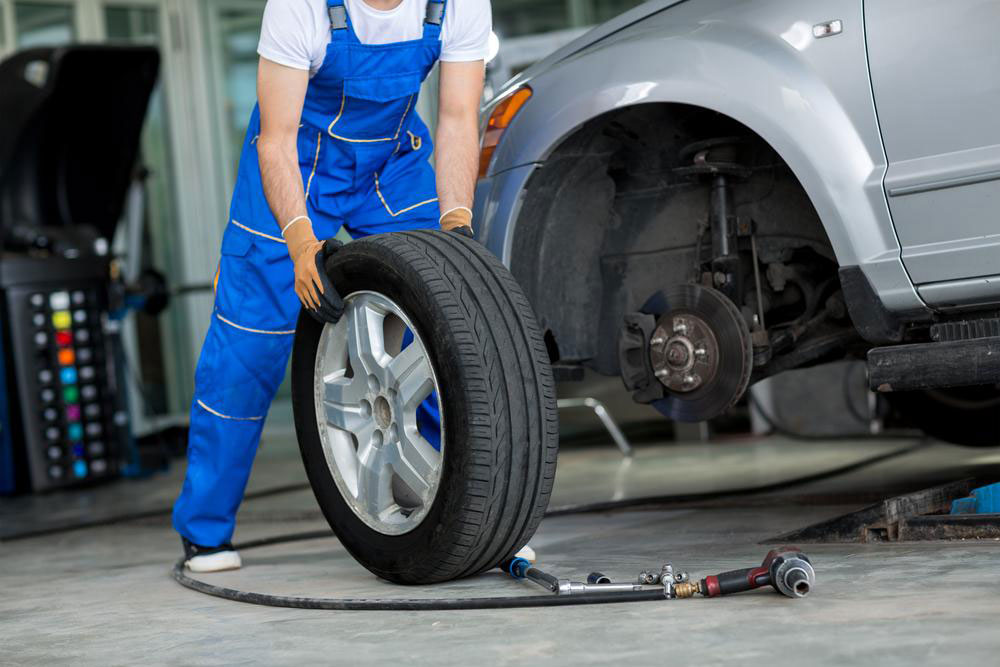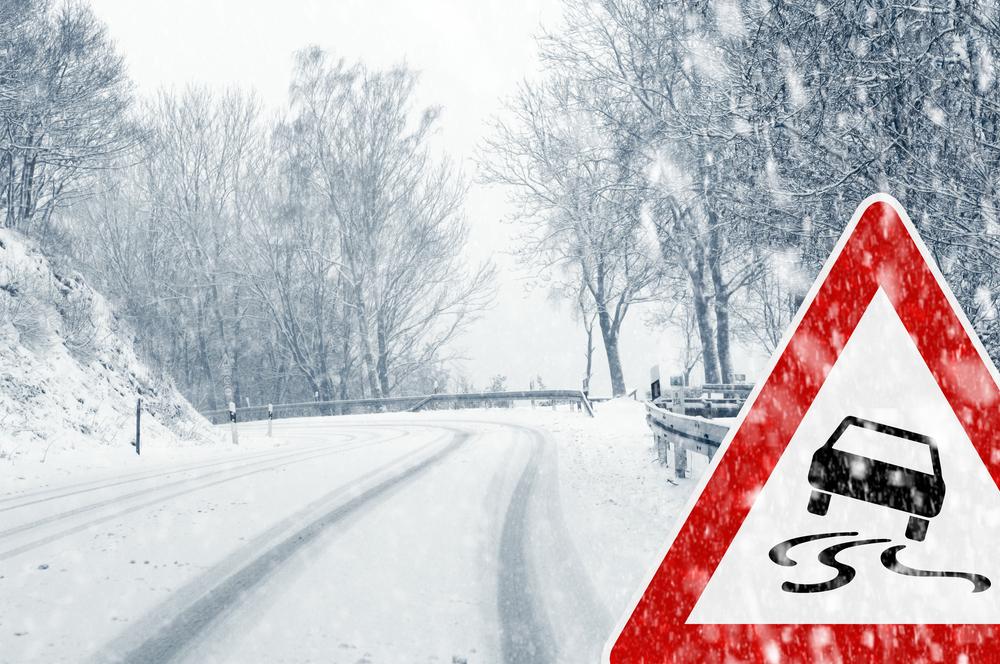Comprehensive Guide to Winter Vehicle Maintenance for Safe Driving
This detailed guide offers essential winter vehicle maintenance tips to keep your car reliable and safe during cold climates. Learn about battery care, fluid management, snow chain usage, wiper protection, and other vital tips. Proper winter preparation helps prevent breakdowns, improves safety on icy roads, and extends your vehicle's lifespan. Whether you're a seasoned driver or new to winter driving, these comprehensive maintenance practices ensure a trouble-free season. Stay prepared for winter’s challenges with expert advice and proactive vehicle care strategies.

Comprehensive Guide to Winter Vehicle Maintenance for Safe Driving
Essential Winter Car Care Tips
Winter presents a unique set of challenges for vehicle owners, requiring meticulous maintenance and preparation to ensure safety, reliability, and optimal performance of your vehicle throughout the cold months. As temperatures plummet, the likelihood of vehicle breakdowns increases if proper winter care isn't observed. Preparing your vehicle for winter not only prevents inconvenient and potentially dangerous breakdowns but also enhances driving safety on icy and snow-covered roads. Whether you're a seasoned driver or new to winter driving, understanding key maintenance practices is essential for a trouble-free winter season.
How Can I Ensure My Car Starts Reliably in Cold Weather?
Test Your Battery in Advance: Cold weather significantly impacts battery performance. Before winter fully sets in, have your battery tested at a trusted auto service center to ensure it’s in good condition. Weak or aging batteries are more prone to failure during cold temperatures, leading to unexpected engine stalls.
Assess Battery Voltage: Use a multimeter or have your mechanic perform a voltage check to evaluate the battery’s health and capacity. A healthy battery should typically read around 12.6 volts when fully charged.
Maintain Proper Coolant Levels and Antifreeze Mixture: The engine’s cooling system must be filled with the correct antifreeze mixture to prevent freezing and ensure optimal temperature regulation. Regularly check coolant levels and top up if necessary, especially before the cold snap hits.
What Engine Fluids Should I Monitor During Winter?
Fuel Level Management: Keep your fuel tank topped up during winter to prevent condensation buildup inside the tank. A full tank provides better weight distribution and helps your vehicle stay warm in emergencies by maintaining heat in the fuel.
Windshield Washer Fluid: Use a winter-grade windshield washer fluid that contains antifreeze agents to prevent freezing. Proper windshield cleaning is vital for visibility on snowy and icy roads.
Engine Oil Viscosity: Opt for engine oil with a viscosity suitable for winter conditions, typically a thinner oil such as 0W-20 or 5W-30, which flows more easily in cold weather, ensuring smooth engine operation and reducing wear.
Are Snow Chains Necessary for Winter Driving?
Traction Enhancement: Snow chains are a practical accessory, especially in regions with heavy snowfall or icy roads. They significantly improve traction, reduce the risk of skidding, and facilitate safe braking.
Compatibility Check: Before installing, check your vehicle’s owner manual for compatibility and proper installation guidelines to avoid damage or improper fit.
Safety Tips: When using snow chains, drive at reduced speeds—ideally below 30 mph—and avoid sudden turns or braking to maintain control and prevent accidents.
How Can I Protect My Windshield Wipers from Snow Damage?
Lift Wipers Off the Glass: Elevate windshield wipers away from the glass when parked for an extended period during snowfall. This prevents sticking, tearing, or cracking caused by ice and snow accumulation.
Avoid Using Wipers for Snow Removal: Do not rely on your windshield wipers to clear heavy snow; instead, use an ice scraper to remove snow safely, which preserves the integrity of the blades and motor.
Additional Winter Vehicle Maintenance Tips
Inspect the Defroster and Climate Control System: Ensure your heater and defroster function efficiently to keep windows clear for maximum visibility and comfort during cold drives.
Check All Exterior Lights: Make sure headlights, taillights, brake lights, and turn signals are clean and operational for enhanced visibility during low-light winter conditions.
Clear Exhaust Pipes: Regularly remove leaves, snow, and debris from exhaust outlets to prevent dangerous carbon monoxide buildup inside the vehicle.
Protect Exterior with Wax Coating: Applying a polymer-based wax creates a protective barrier against snow, salt, and grime, helping maintain your vehicle’s paintwork and preventing rust and corrosion.
Adhering to these comprehensive winter vehicle maintenance guidelines ensures not only your safety but also prolongs the lifespan of your vehicle. Proper preparations can make a significant difference in handling adverse weather conditions, offering peace of mind when facing winter’s challenges on the road. Regular checks and timely maintenance are key strategies for a smooth and secure winter driving experience. Remember, being proactive about winter vehicle care is essential to prevent emergencies, reduce repair costs, and enhance overall safety during the cold season.




